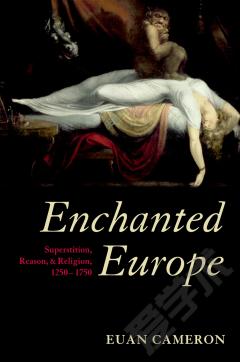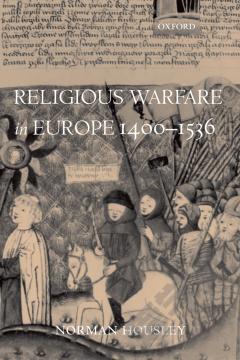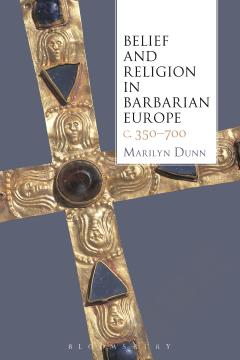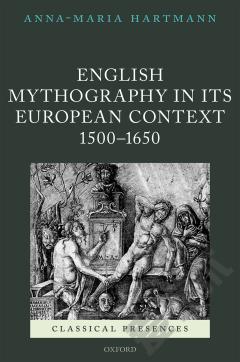Enchanted Europe —— Superstition, Reason, and Religion 1250-1750
----- 迷人的欧洲:迷信,理性与宗教1250-1750
Introduction PART 1: DISCERNING AND CONTROLLING INVISIBLE FORCES: THE IMAGE OF 'SUPERSTITION' IN THE LITERATURE 1. The Problems of Pre-Modern Life 2. A Densely Populated Universe 3. Helpful Performances: The Uses of Ritual 4. Insight and Foresight: Techniques of Divination PART 2: THE LEARNED RESPONSE TO SUPERSTITIONS IN THE MIDDLE AGES: ANGELS AND DEMONS 5. The Patristic and Early Medieval Heritage 6. Scholastic Demonology in the Twelfth and Thirteenth Centuries 7. The Demonological Reading of Superstitions in the Late Middle Ages: Areas of Consensus 8. The Demonological Reading of Superstitions in the Late Middle Ages: Areas of Difference and Disagreement 9. The pastoral use of the scholastic critique of superstitions PART 3: SUPERSTITIONS IN CONTROVERSY: RENAISSANCE AND REFORMATIONS 10. Some Renaissance Christian Humanists and 'Superstition' 11. Magic, the Fallen World, and Fallen Humanity: Martin Luther on the devil and superstitions 12. Prodigies, Providences and Possession: the 16th-century Protestant Context 13. The Protestant Critique of Consecrations: Catholicism as Superstition 14. The Protestant Doctrine of Providence and the Transformation of the Devil 15. Reformed Catholicism: Purifying Sources, Defending Traditions PART 4: THE COSMOS CHANGES SHAPE: SUPERSTITION IS RE-DEFINED 16. Demonology becomes an open subject in the 17th century 17. Defending the 'invisible world': the campaign against 'Saducism' 18. Towards the Enlightenment
{{comment.content}}








 京公网安备 11010802027623号
京公网安备 11010802027623号